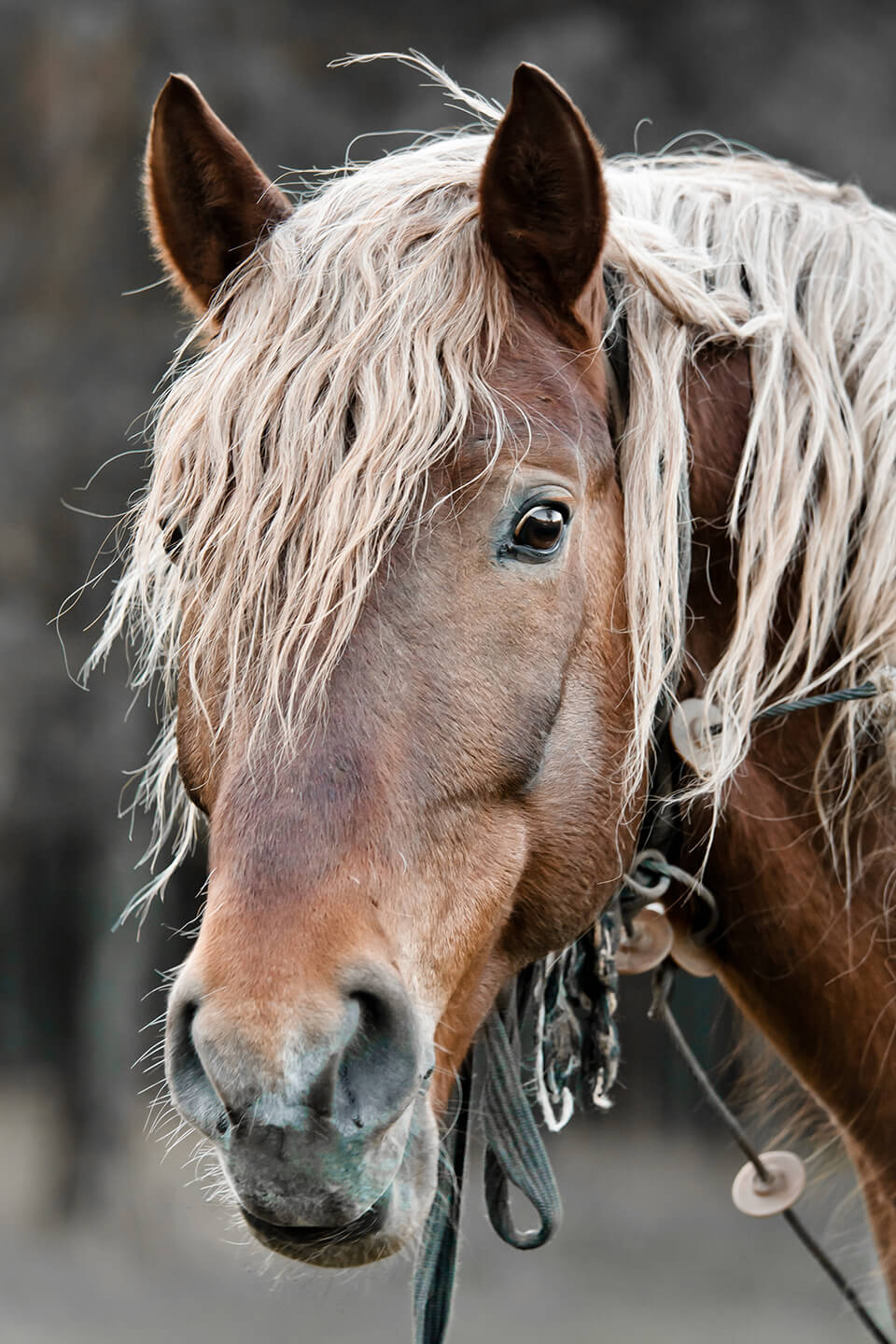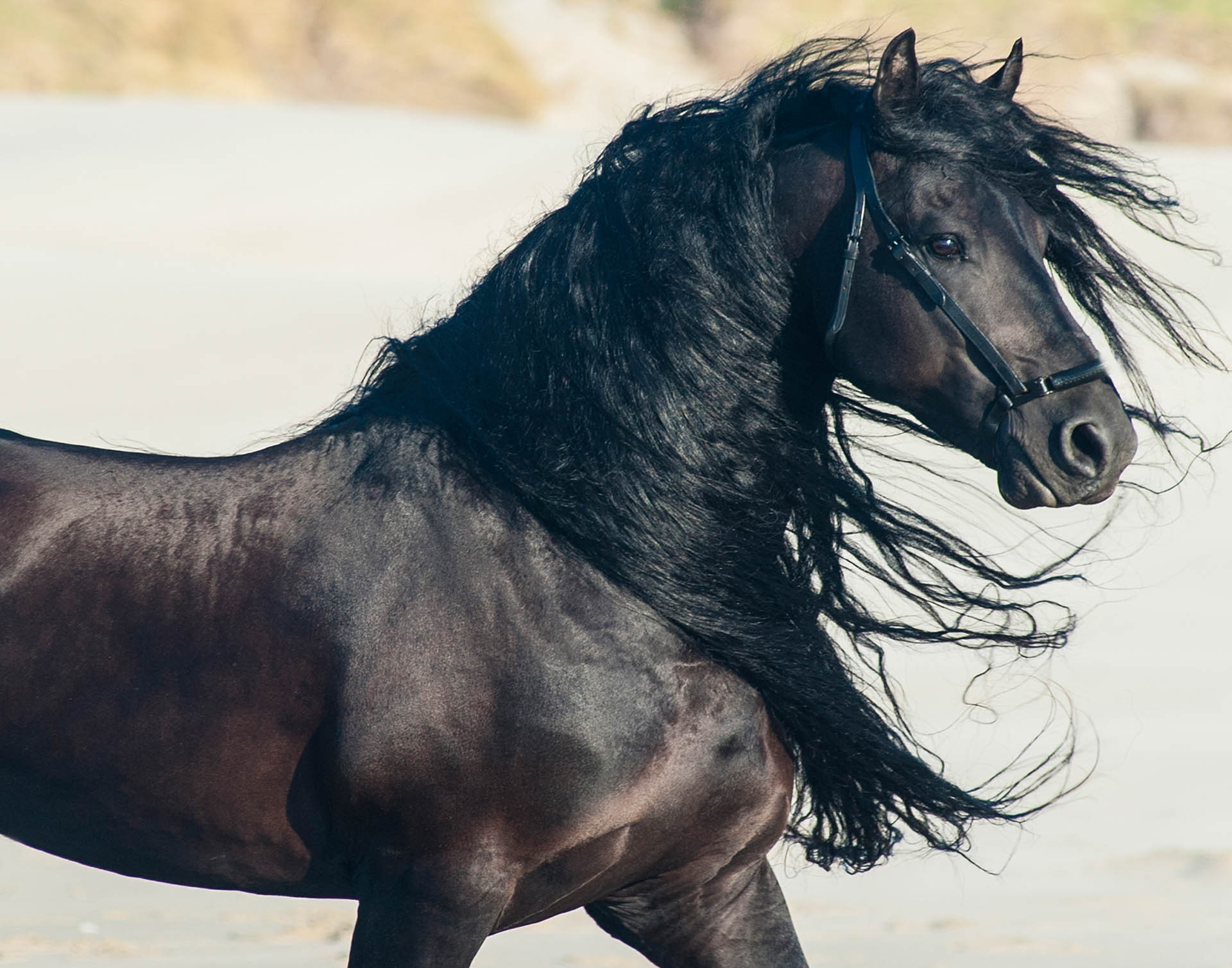Introduction

Horse photography is a captivating art that allows photographers to capture the beauty, elegance, and power of these majestic creatures. Whether you are an avid equestrian or simply appreciate the grace of horses, this article will provide you with insights into horse photography techniques, tips, and equipment.
Choosing the Right Gear

When it comes to horse photography, having the right gear can make a significant difference in the quality of your shots. A digital SLR camera with a fast shutter speed and interchangeable lenses is ideal for capturing action shots. Additionally, a telephoto lens will allow you to capture stunning close-ups of horses from a distance.
Understanding Lighting

Lighting plays a crucial role in any form of photography, and horse photography is no exception. The best time to capture stunning horse photographs is during the golden hours, which are the first and last hours of sunlight in a day. The soft, warm light during these times creates a magical ambiance and enhances the natural beauty of horses.
Composition Techniques

Composition is an essential aspect of horse photography that can elevate your images from ordinary to extraordinary. Consider using the rule of thirds by placing the horse off-center, which creates a more visually pleasing composition. Experiment with different angles, such as shooting from a low perspective to capture the horse's power and presence.
Capturing Motion

One of the most exhilarating aspects of horse photography is capturing the dynamic motion of these magnificent animals. To freeze the action, set your camera to a fast shutter speed and use continuous shooting mode. This will allow you to capture a series of images and select the perfect shot where the horse is in mid-stride or performing a jumping maneuver.
Working with Horses

Building a rapport with the horses you are photographing is crucial for capturing their true essence. Spend time observing their behavior and body language to anticipate their movements. Patience is key, as horses can be easily startled. Approach them calmly and avoid sudden movements that may make them uneasy.
Location and Background

Choosing the right location and background can greatly enhance your horse photographs. Look for picturesque settings such as open fields, rolling hills, or rustic barns. Pay attention to the surroundings and ensure they complement the horse, rather than distract from it. A clutter-free background will make your subject stand out.
Post-Processing and Editing

Once you have captured your horse photographs, post-processing and editing can help refine and enhance the final images. Use professional photo editing software to adjust brightness, contrast, and saturation. Additionally, you can crop the image to improve composition or remove any distractions in the background.
Sharing and Showcasing Your Work

Now that you have captured stunning horse photographs, it's time to share and showcase your work. Create an online portfolio or website to display your best images. Participate in photography competitions or submit your work to equestrian magazines to gain exposure and recognition in the horse photography community.
Conclusion
Horse photography is a captivating art that requires skill, patience, and an understanding of these majestic creatures. With the right gear, knowledge of lighting, composition techniques, and a connection with horses, you can capture breathtaking images that showcase their beauty and power. Remember to always respect and care for the horses you photograph, and enjoy the process of capturing their essence through the lens.